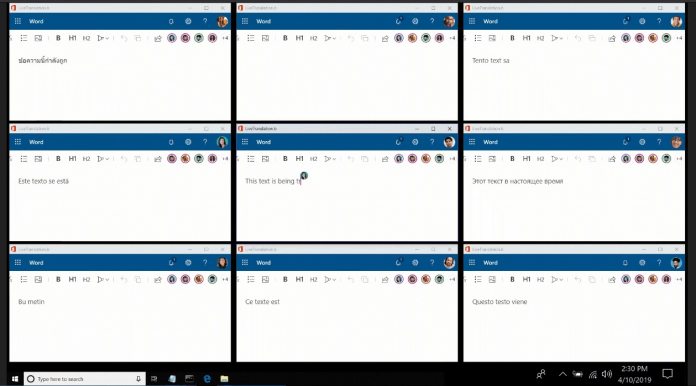Fluid Framework is billed as an easier way for developers to create more interactive tools for the web. It comes with co-authoring support through the web that is available with speed and at scale. Indeed, Microsoft says the framework scales at a level “not yet achieved in the industry”. Microsoft will extend the service of multi-person collaboration tools it already uses in Microsoft Teams, Office, and Whiteboard. Fluid Framework will deliver results that will be based on components, allowing developers to use framework templates across their services in a flexible document format. As we have seen, Microsoft is transitioning Cortana into a productivity-focused virtual assistant. That is apparent in the new framework, where Cortana is available to translate text, suggest edits, find web content, and perform other automation. In an announcement blog post, Microsoft detailed the availability of Fluid Framework: “We’ll make this technology broadly available to developers and integrate it into Microsoft 365 experiences like Word, Teams, and Outlook to transform the way that you work with these tools. We will launch both the software developer kit and the first experiences powered by the Fluid Framework later this year.”
Build Demo
At Build 2019, Microsoft demonstrated how its own services work in Fluid Framework. The company showcased Microsoft Word in the framework, including live translations for co-authored documents. Additionally, the framework also highlighted sharing of real-time tables into Microsoft Teams chats. Elsewhere, the demo showed the new developer framework running across browsers, including Edge, Chromium Edge, Chrome, and Firefox.




